The lifespan of reptiles has always fascinated scientists and pet enthusiasts alike. Many species of reptiles show remarkable longevity in captivity that far exceeds their expected natural lifespan in the wild. This phenomenon isn’t simply coincidence but rather the result of numerous environmental, biological, and care-related factors that create optimal conditions for these fascinating creatures. Understanding the reasons behind this extended lifespan can help us better appreciate the complex needs of reptiles and potentially improve conservation efforts for threatened species. From tortoises that can live for over a century to smaller lizards that outlive their wild counterparts by decades, the story of reptile longevity in captivity offers fascinating insights into these ancient creatures.
Predator-Free Environment
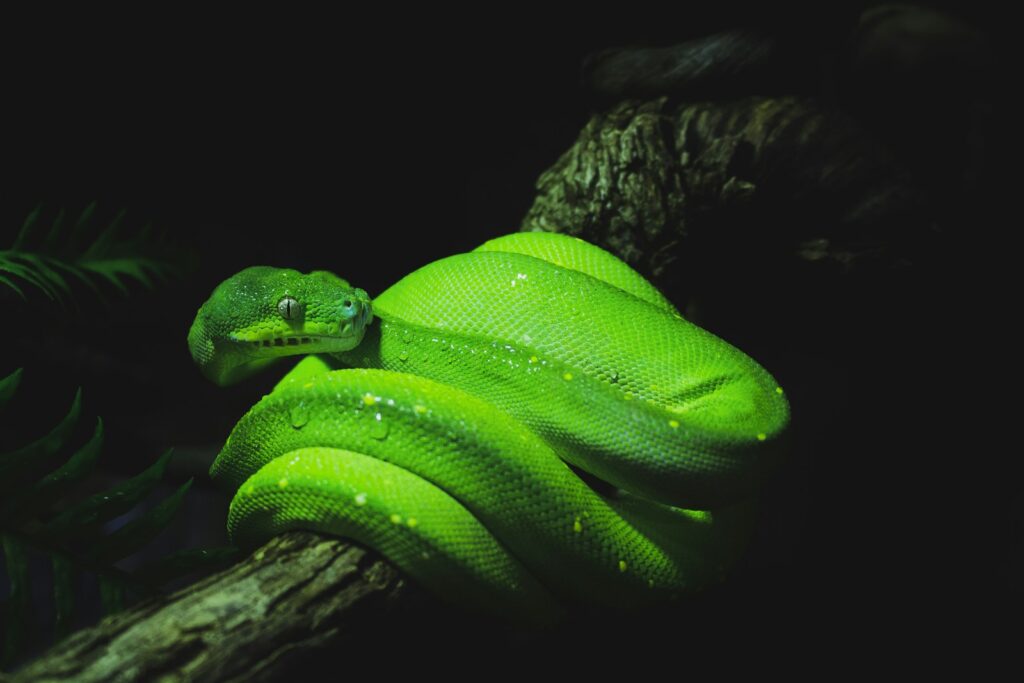
Perhaps the most obvious advantage for captive reptiles is the complete absence of natural predators. In the wild, reptiles face constant threats from birds of prey, mammals, larger reptiles, and even insects depending on their size and life stage. Even large and seemingly formidable species like adult iguanas or medium-sized tortoises remain vulnerable to predation in their natural habitats. This constant pressure means wild reptiles must devote significant energy to vigilance, defensive behaviors, and escape tactics. In captivity, this stress is eliminated entirely, allowing reptiles to divert that energy to other biological processes including growth, immune function, and cellular repair—all factors that contribute to longevity.
Consistent Nutrition

The feast-or-famine existence that characterizes life for many wild reptiles is replaced in captivity with regular, nutritionally balanced feeding. Wild reptiles often experience extended periods of food scarcity due to seasonal changes, drought, competition, or simply bad luck in hunting or foraging. These periods of nutritional stress can accelerate aging processes and weaken overall health. Captive reptiles, on the other hand, receive carefully calculated diets that provide optimal levels of protein, vitamins, minerals, and other essential nutrients. Many reptile owners and zoos even supplement their animals’ diets with vitamins and calcium to prevent deficiencies that are common in wild populations. This nutritional consistency creates the foundation for healthier organs, stronger immune systems, and overall enhanced longevity.
Optimal Temperature Regulation
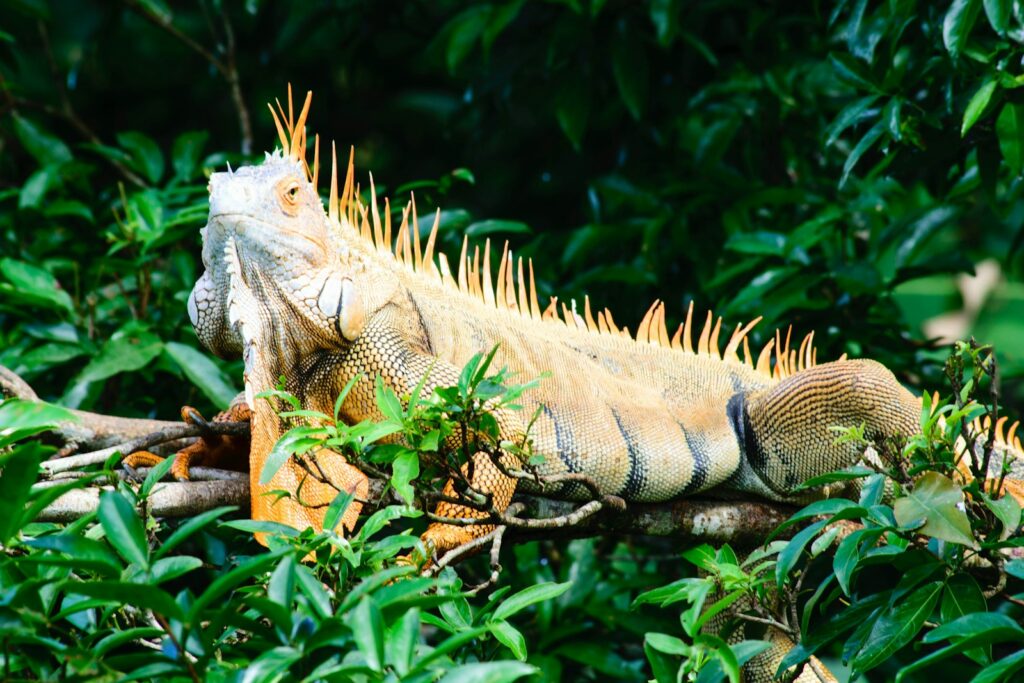
As ectothermic animals, reptiles rely on external heat sources to regulate their body temperature—a critical factor in their overall health and metabolic function. In the wild, reptiles must expend considerable energy seeking appropriate basking spots and shelters to maintain their preferred temperature range, sometimes with limited success during extreme weather conditions. Captive environments typically provide carefully controlled temperature gradients that allow reptiles to thermoregulate with minimal effort. Heat lamps, under-tank heaters, and thermal gradients within enclosures ensure reptiles can always achieve their optimal body temperature. This consistent thermoregulation supports proper digestion, immune function, and metabolism, reducing physiological stress that can accelerate aging in wild counterparts.
Medical Intervention
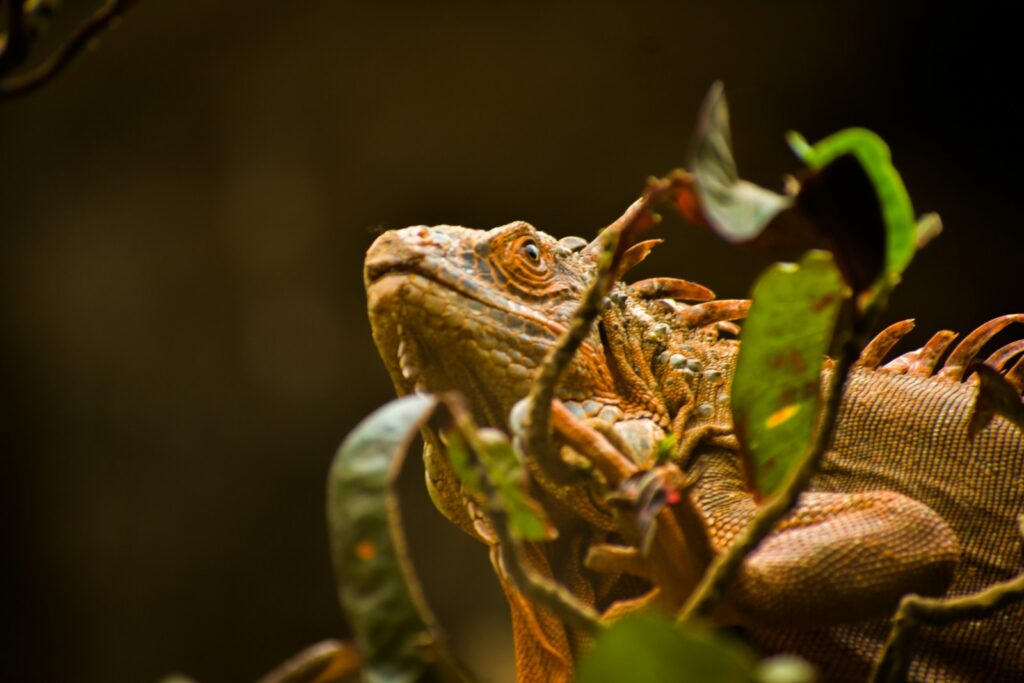
Wild reptiles suffering from parasites, infections, or injuries typically receive no treatment and often perish as a result of conditions that would be easily treatable in captivity. Captive reptiles benefit from regular health monitoring, preventative care, and intervention when medical issues arise. Veterinary advances in reptile medicine have grown significantly in recent decades, with specialized exotic animal veterinarians now able to perform complex procedures and treatments. From parasite prevention to surgery for injuries or internal disorders, captive reptiles receive care that simply doesn’t exist in nature. Many common reptile ailments like respiratory infections, shell rot in turtles, or metabolic bone disease can be treated completely when caught early, potentially adding years or even decades to a reptile’s life.
Reduced Energy Expenditure
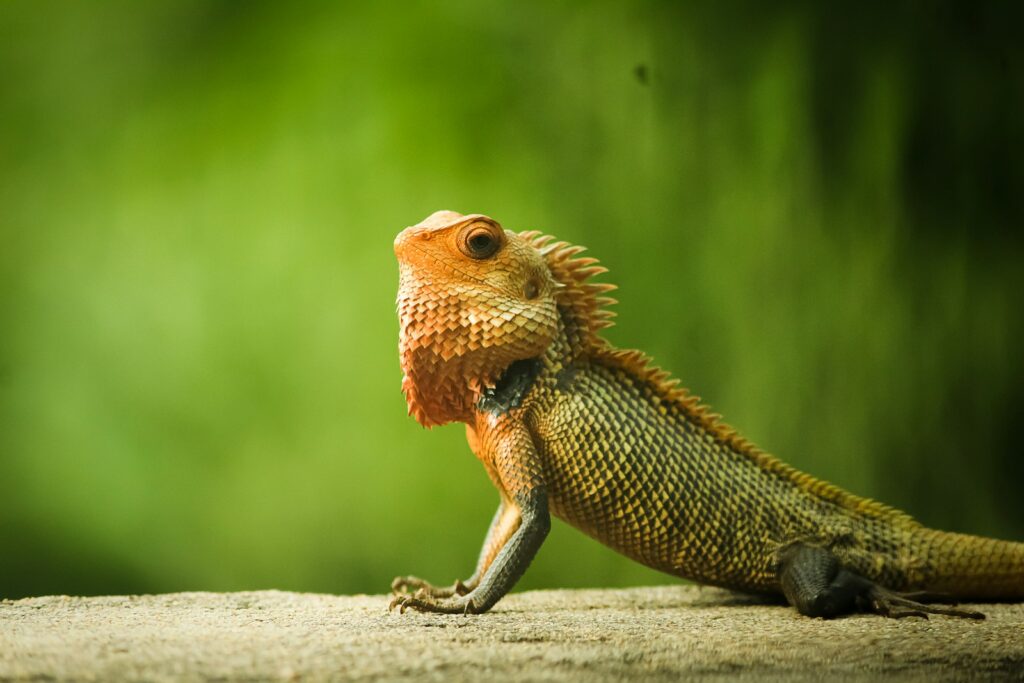
The daily struggle for survival in the wild requires reptiles to expend significant energy on activities that aren’t necessary in captivity. Wild reptiles must constantly seek food, patrol territories, compete for mates, and travel sometimes considerable distances to find adequate shelter or basking sites. This energy expenditure takes a toll on the body over time and contributes to the aging process. Captive reptiles live in confined spaces where all their needs are provided within easy reach, dramatically reducing the energy required for daily survival. This conservation of energy allows bodily resources to be redirected toward cellular maintenance and repair, immune function, and other processes that contribute to longevity. The reduced physical demands likely slow the natural aging process in many species.
Protection from Extreme Weather
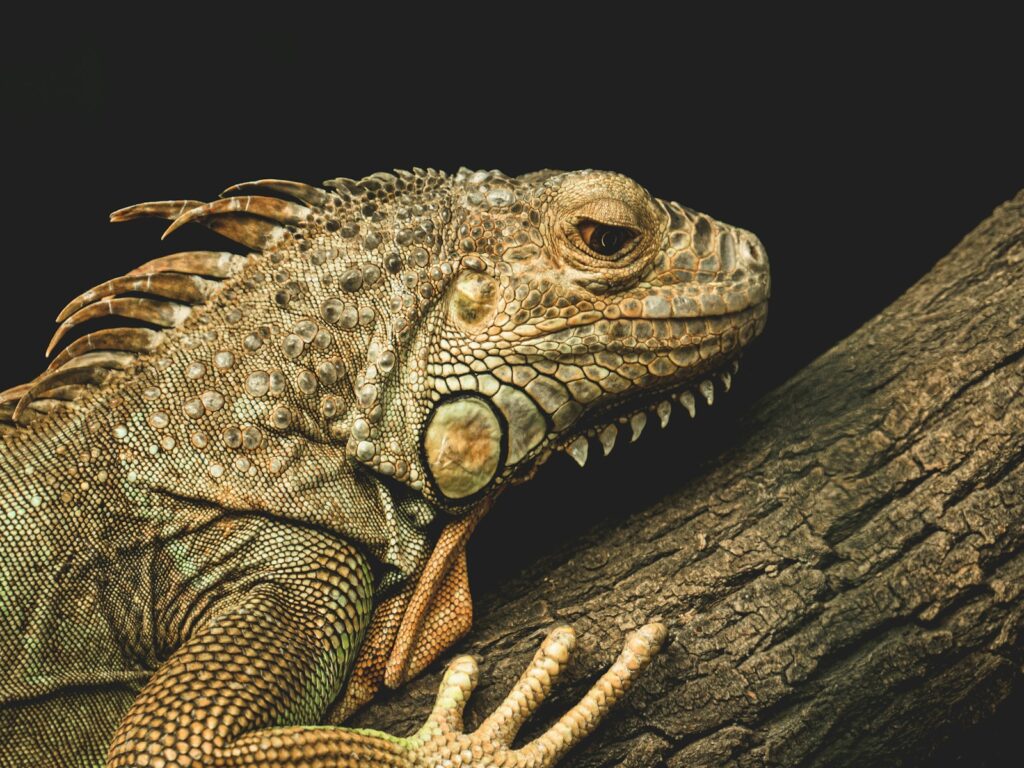
Severe weather events pose significant threats to wild reptile populations and can cause mass mortality in affected areas. Floods, droughts, hurricanes, unexpected freezes, and heatwaves can all decimate reptile populations, with individuals often unable to find adequate shelter to survive these extremes. Captive reptiles are sheltered from these environmental catastrophes, living in climate-controlled environments that shield them from weather-related threats. During colder months, many reptile keepers maintain artificial heating to prevent the natural slowing of metabolism that occurs in the wild. This protection from seasonal and extreme weather variations eliminates another major source of stress and potential mortality that wild reptiles face throughout their lives.
Hibernation Control
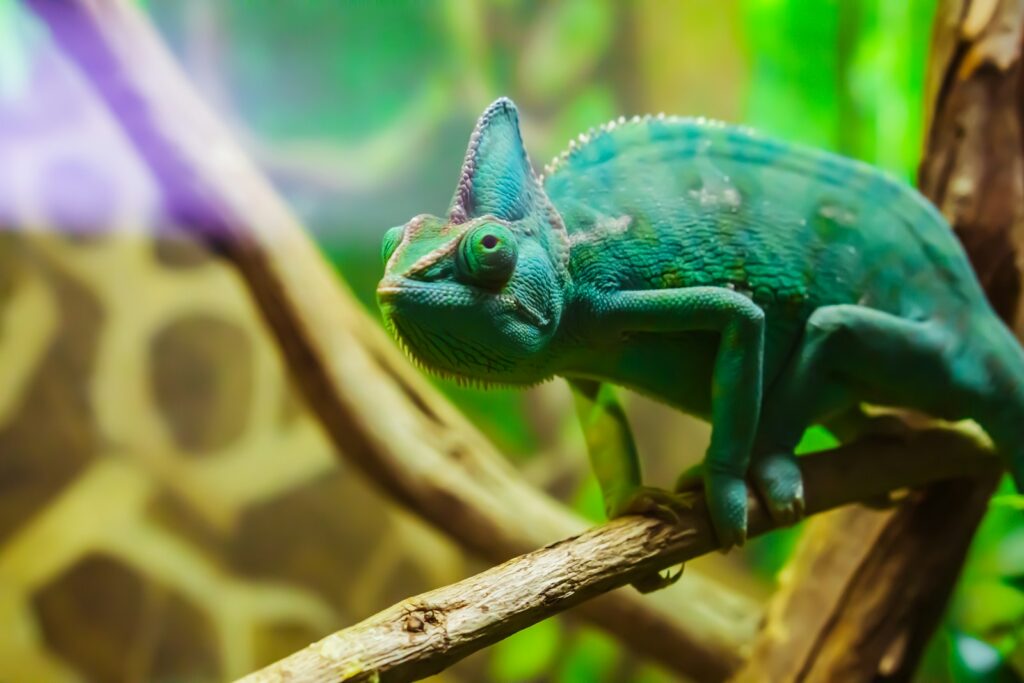
Many reptile species naturally undergo brumation (reptilian hibernation) during colder months in the wild, a state that can be risky if the animal hasn’t stored sufficient fat reserves or if temperatures drop too low. Wild reptiles sometimes choose hibernation sites that flood or become exposed to predators, resulting in mortality during this vulnerable period. In captivity, keepers can either eliminate the need for brumation entirely by maintaining warm temperatures year-round or carefully control the brumation process. When brumation is allowed in captivity, it typically occurs under carefully monitored conditions with pre-brumation health checks, controlled cooling periods, and appropriate humidity levels. This management of seasonal metabolic changes removes another significant risk factor that affects wild reptile survival rates.
Absence of Territorial Conflicts
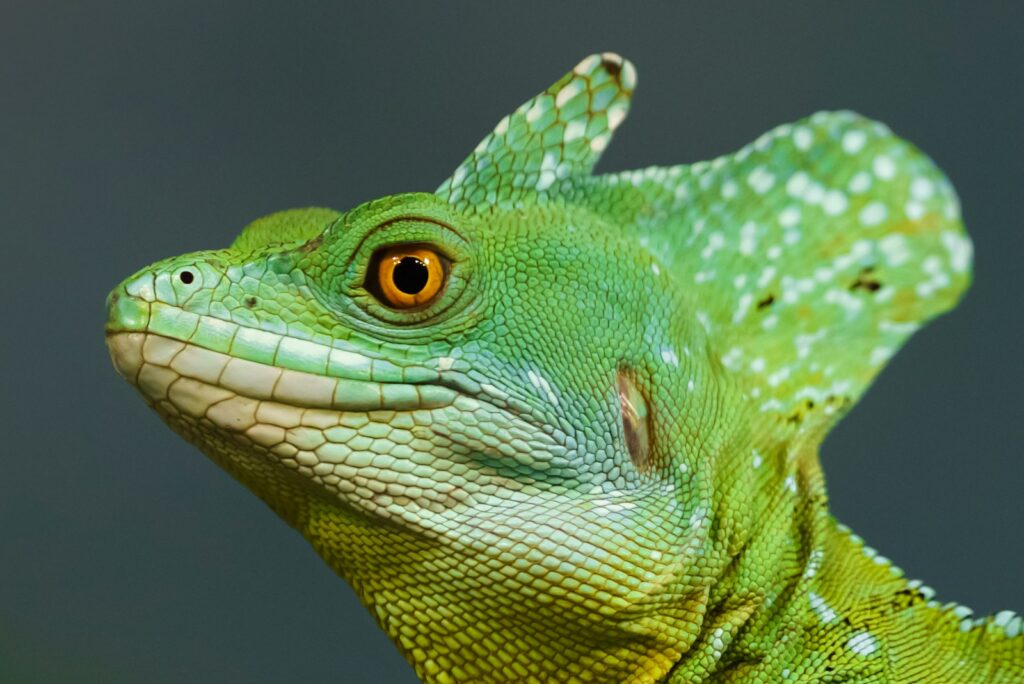
Many reptile species engage in territorial behaviors that can lead to serious injuries or chronic stress in the wild. Male-to-male combat during breeding seasons can be particularly intense and sometimes fatal, with species like monitor lizards, crocodilians, and certain tortoises engaging in violent territorial disputes. Properly managed captive environments typically house animals individually or in carefully selected compatible groups, eliminating the risk of territorial aggression. By removing the physical trauma and stress associated with territorial defense, captive reptiles avoid injuries that could lead to infection or disability. The absence of this social stress also contributes to overall well-being and likely extends lifespan in many species.
Habitat Stability
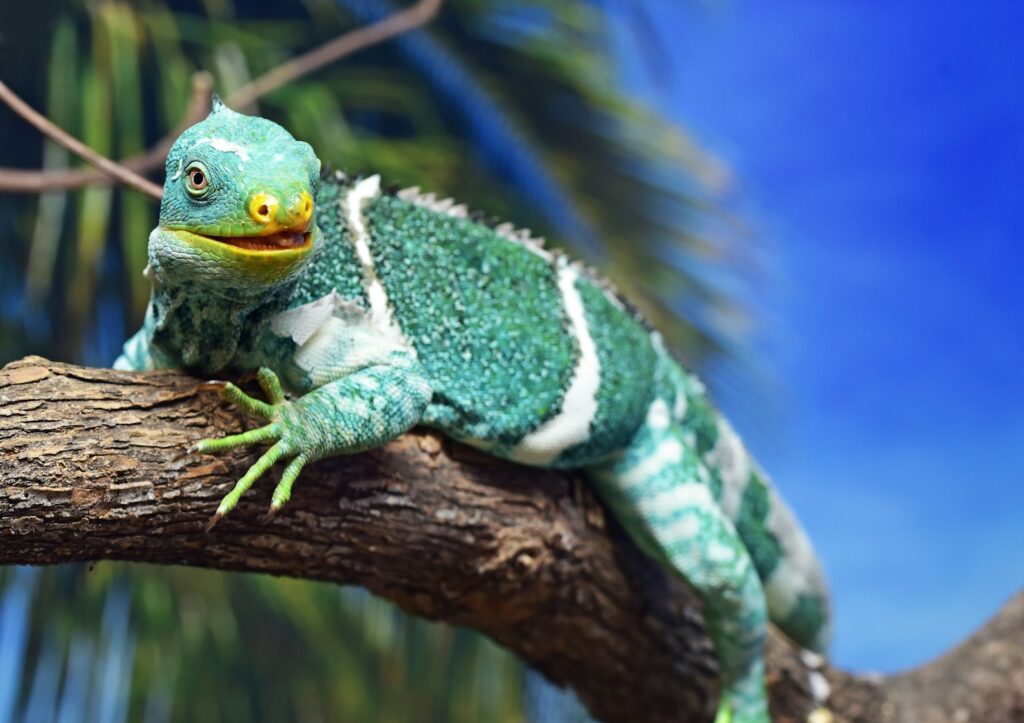
Wild reptiles face constant habitat challenges including degradation, fragmentation, and outright destruction through human development or natural disasters. These changes force animals to adapt quickly or perish, creating significant stress even for survivors. Captive reptiles enjoy completely stable habitats that remain consistent throughout their lives or change only when improvements are made to their enclosures. This environmental stability eliminates the need to constantly adapt to new surroundings or search for suitable habitat when previous areas become uninhabitable. The resulting reduction in stress and energy expenditure contributes significantly to the extended lifespan observed in many captive reptile species, particularly those with naturally long lives like tortoises and large lizards.
Reduced Parasite Burden

Parasites represent a constant drain on the health and energy reserves of wild reptiles, with most individuals hosting multiple internal and external parasite species simultaneously. From ticks and mites to intestinal worms and blood parasites, these organisms continuously extract resources from their hosts and can cause direct tissue damage or secondary infections. Captive reptiles typically undergo parasite screening upon acquisition and receive regular preventative treatments to eliminate or control parasitic infections. This dramatically reduced parasite burden allows the reptile’s immune system to focus on other health maintenance rather than constantly fighting parasitic infections. The energy conserved by not supporting parasite populations can be redirected toward growth, cellular repair, and other functions that promote longevity.
Selective Breeding Effects
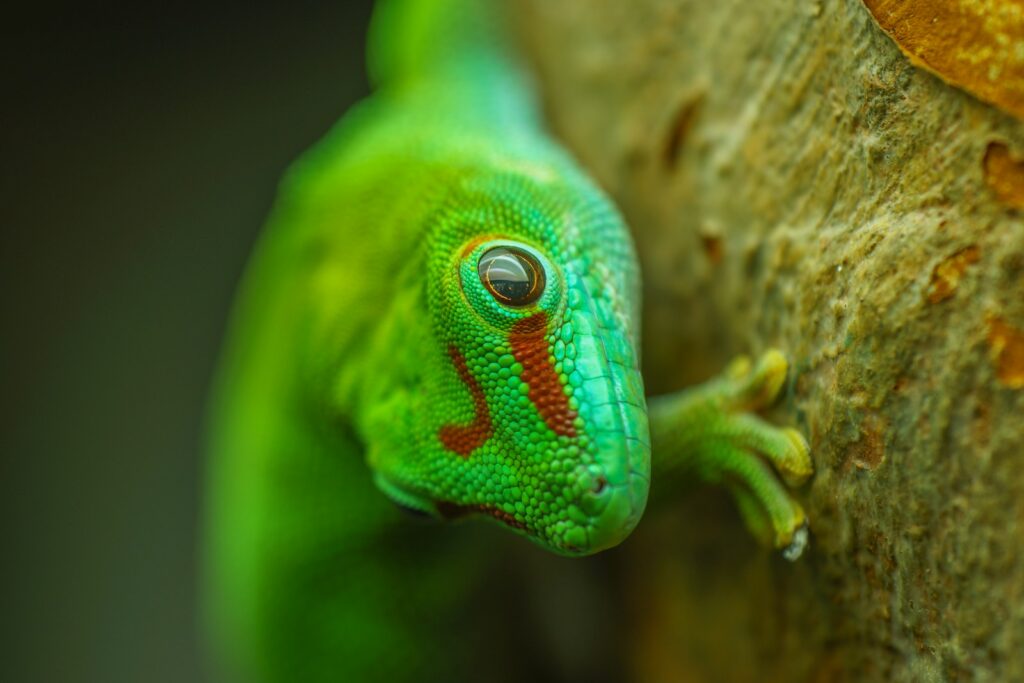
While not applicable to all captive reptiles, many commonly kept species have undergone generations of selective breeding in captivity that may have inadvertently selected for longevity traits. Breeders typically select the healthiest, most robust individuals as breeding stock, potentially concentrating genes that contribute to disease resistance and longer lifespans. This artificial selection process differs significantly from natural selection in the wild, which often favors early reproductive maturity and other traits not necessarily aligned with maximum longevity. Over multiple generations, this can result in captive populations with genetic predispositions toward extended lifespans compared to their wild counterparts. Species like leopard geckos, bearded dragons, and corn snakes that have been bred in captivity for dozens of generations may show these effects most prominently.
Absence of Environmental Toxins
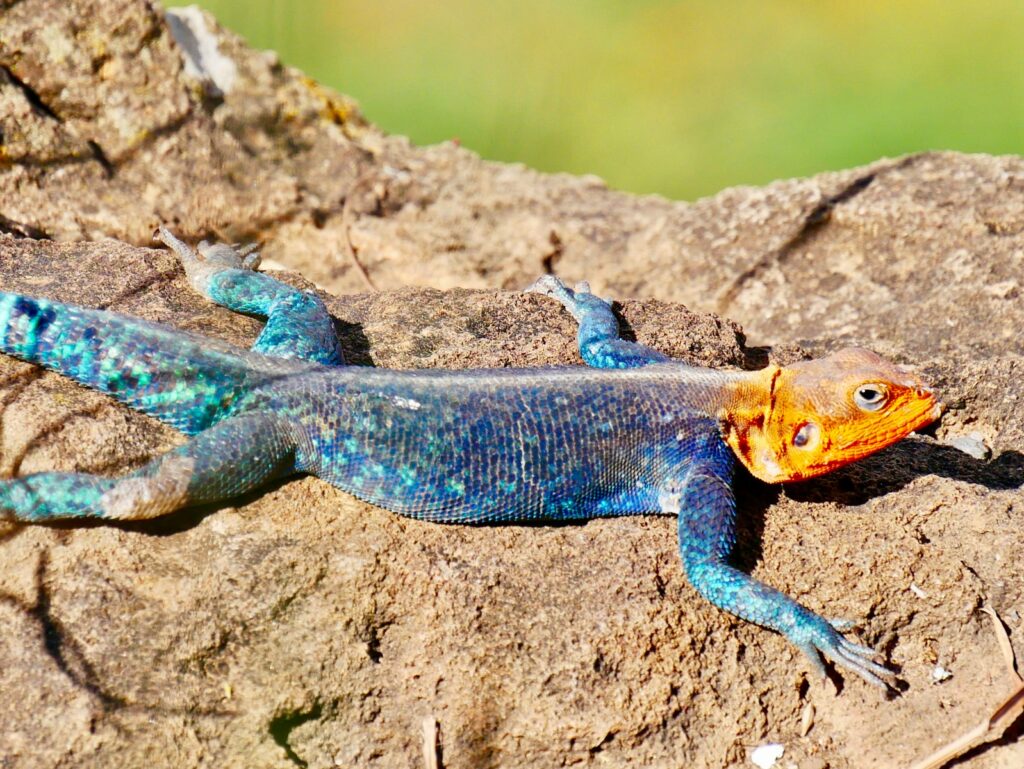
Wild reptiles are increasingly exposed to environmental pollutants including pesticides, herbicides, industrial chemicals, and heavy metals that accumulate in their habitats. These toxins can build up in reptilian tissues over time, causing organ damage, reproductive issues, and accelerated aging. Captive reptiles typically live in controlled environments with filtered water and carefully sourced food items that minimize exposure to environmental contaminants. Enclosure materials are generally selected for safety and non-toxicity, creating an environment far less chemically challenging than many wild habitats. This reduction in toxic exposure throughout the reptile’s life significantly reduces the cumulative damage to organs and tissues that contributes to aging and disease in wild populations.
Implications for Conservation
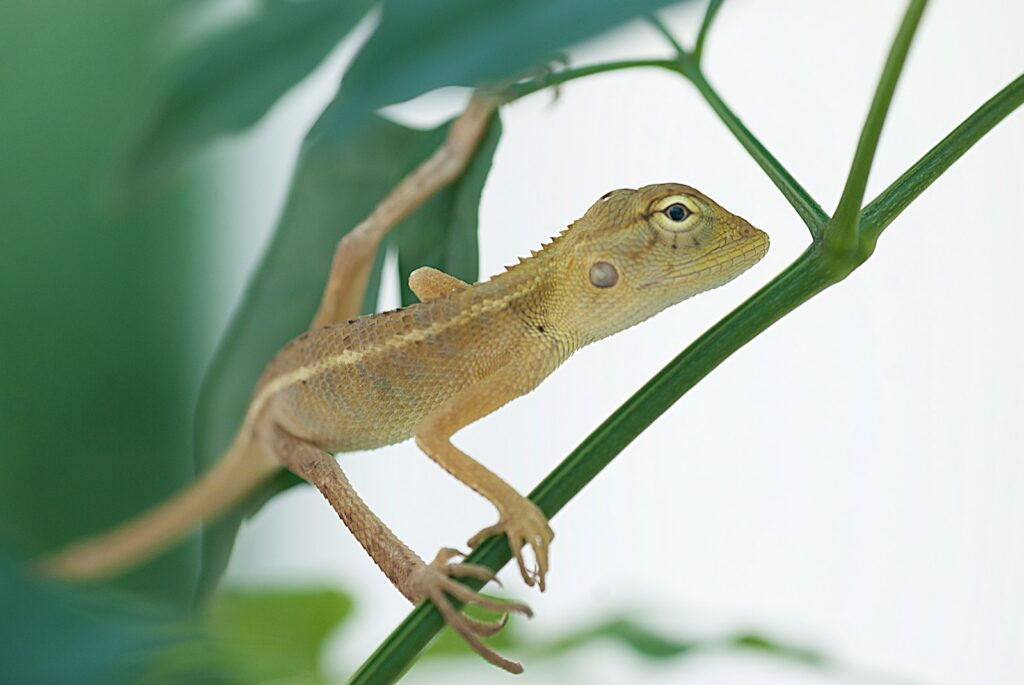
The extended lifespans of captive reptiles have important implications for conservation efforts targeting endangered species. Captive breeding programs can maintain genetic diversity over longer timeframes when individuals live longer, potentially preserving species that might otherwise go extinct in the wild. Understanding the specific factors that contribute to longevity in captivity can help conservationists develop more effective habitat protection strategies that address these same threats in wild populations. Additionally, the study of aging in long-lived captive reptiles provides valuable insights into vertebrate longevity mechanisms that may have broader applications. As human activities continue to threaten wild reptile populations worldwide, the knowledge gained from captive husbandry becomes increasingly valuable for developing effective conservation approaches.
Conclusion
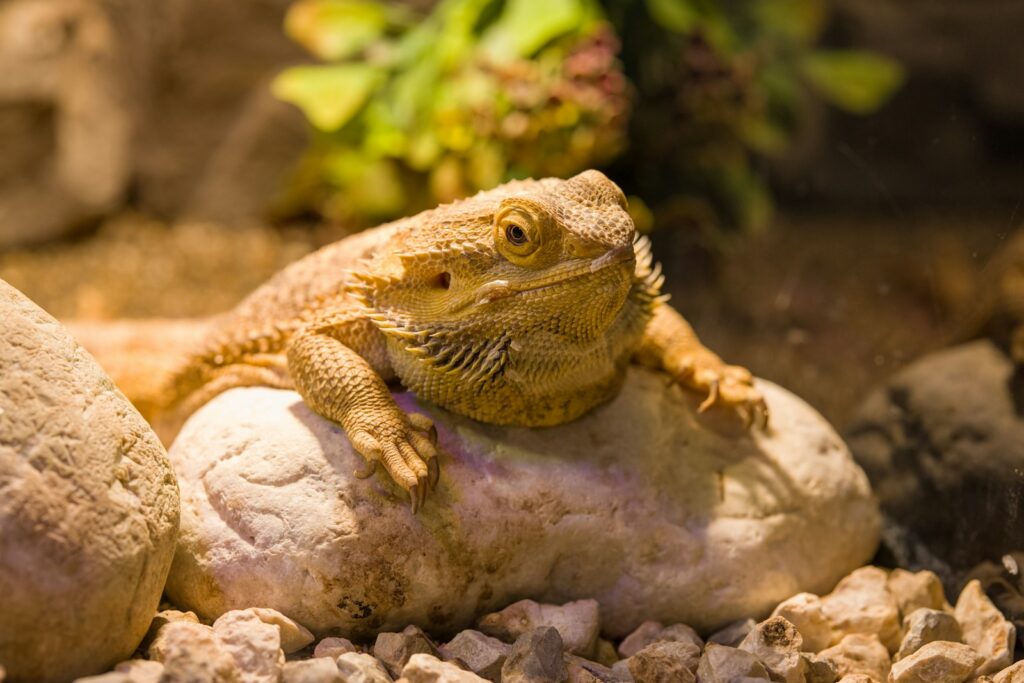
The dramatic difference in lifespan between captive and wild reptiles highlights the numerous challenges these animals face in their natural environments. From predation and parasites to weather extremes and nutritional challenges, wild reptiles navigate a gauntlet of threats that captive individuals simply don’t encounter. While captivity certainly isn’t the natural state for these animals, the factors that contribute to their extended lifespans in human care provide valuable insights into reptile biology and care requirements. For reptile keepers, understanding these factors can help provide optimal conditions that support the health and longevity of their animals. And for conservationists, this knowledge offers clues about which threats most significantly impact wild populations, potentially guiding more effective protection efforts for these fascinating and ancient creatures.









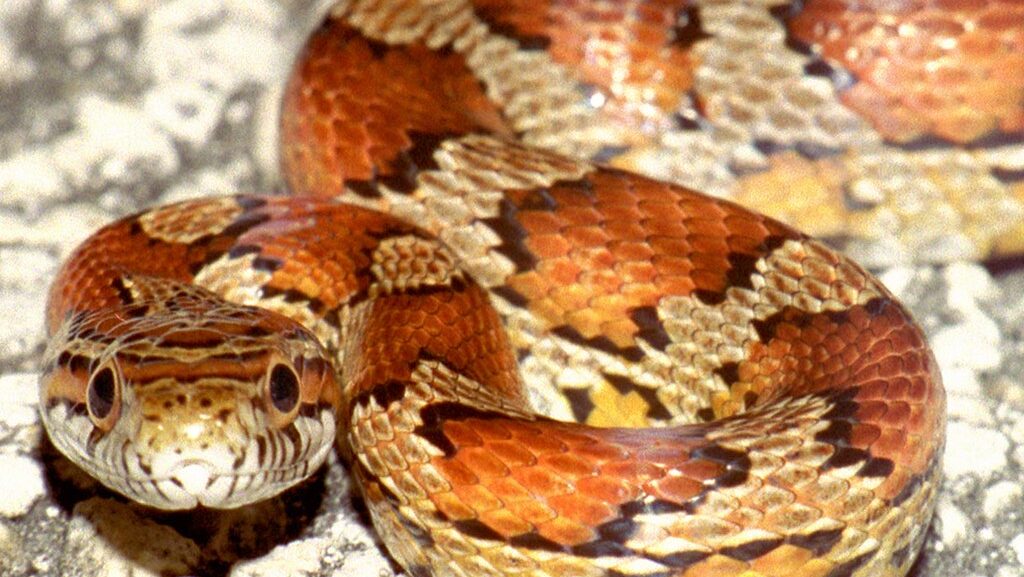
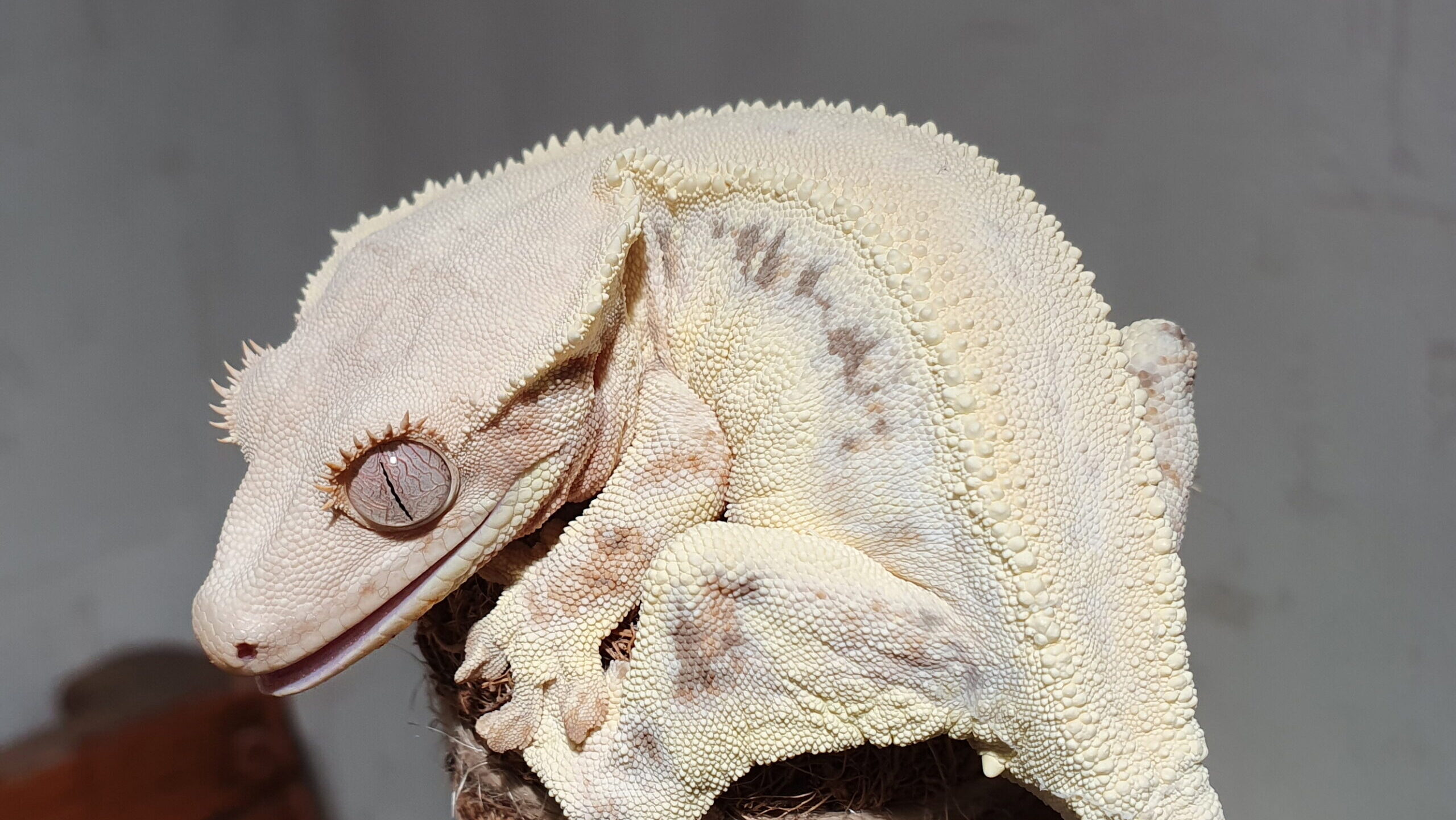





Leave a Reply